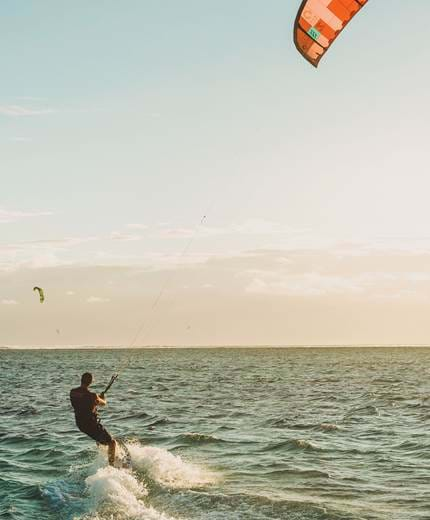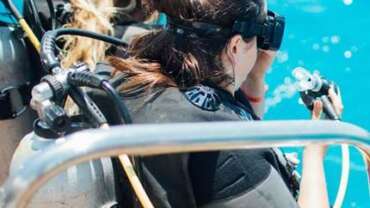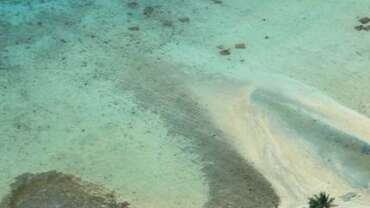Nature & Geography of the Marshall Islands!
The Marshall Islands consist of two archipelagic island chains of 30 atolls and 1,152 islands, which form two parallel groups—the “Ratak” (sunrise) chain and the “Ralik” (sunset) chain. The Marshalls are located in the North Pacific Ocean and share maritime boundaries with Micronesia and Kiribati. Two-thirds of the nation’s population lives in the capital of Majuro and the settlement of Ebeye. The outer islands are sparsely populated due to lack of employment opportunities and economic development.
The country is located about one-half of the way from Hawaii to Papua New Guinea. The archipelago includes the atolls of Bikini, Enewetak, Kwajalein, Majuro, Rongelap, and Utirik.
The total area of the islands is equal to the size of the City of Washington, DC. The largest atoll with a land area of 6 square miles (16 km2) is Kwajalein.[1] The terrain consists of low coral limestone and sand islands. Natural resources include coconut products, marine products, and deep seabed minerals. Current environmental issues are inadequate supplies of potable water; pollution of Majuro lagoon from household waste and discharges from fishing vessels.
Maritime claims
territorial sea: 12 nautical miles
contiguous zone: 24 nm
exclusive economic zone: 200 nm
Elevation extremes
lowest point: Pacific Ocean 0 meters
highest point: unnamed location on Likiep 10 meters (33 ft) above sea level
Land use
arable land: 11.11%
permanent crops: 44.44%
other: 44.44% (2011)
Environment – international agreements
party to: Biodiversity, Climate Change, Climate Change-Kyoto Protocol, Desertification, Hazardous Wastes, Law of the Sea, Ozone Layer Protection, Ship Pollution, Wetlands, Whaling
Bikini and Enewetak are former US nuclear test sites; Kwajalein, the famous World War II battleground, is now used as a US missile test range; the island city of Ebeye is the second largest settlement in the Marshall Islands, after the capital of Majuro, and one of the most densely populated locations in the Pacific.
Climate
Tropical; hot and humid with a Koeppen-Geiger classification of Af.[3] The wet season lasts from May to November and the islands border the typhoon belt. Typhoons do pose an infrequent threat from July to mid November.[3]
Due to their low elevation, the Marshall Islands are threatened by the potential effects of sea level rise.[4] According to the President of Nauru, the Marshall Islands are the most endangered nation on Earth due to flooding from climate change.







